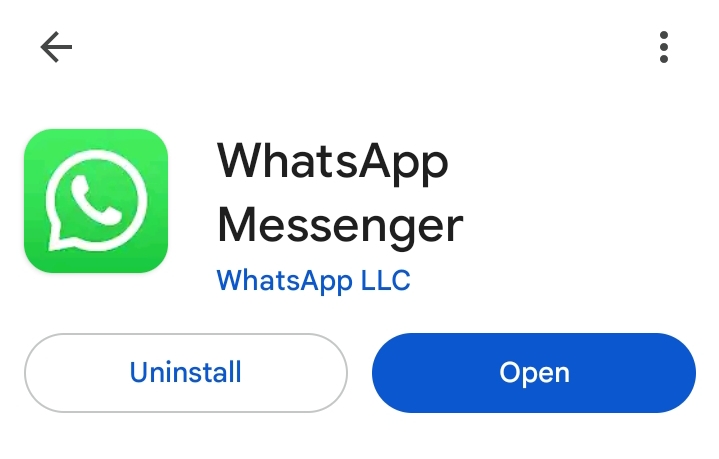If you have noticed that your mobile phone is getting hotter when connected to the Google infotainment system these days with high temperatures, try these tips.
These days of infernal heat take their toll on our health, habits and also our devices… just ask me, since I have the air conditioning in my car on all cylinders. With this scenario, connecting my phone to the car to use Android Auto is a nightmare that, not for the first time, ends with the phone slowing down and stopping charging.
As if the connection and activity of Android Auto weren’t enough, there are users of Google’s infotainment system who in recent months have reported that their phone gets too hot (as you can read in the Google help forums ). Either way, if using Android Auto means that your phone gets too hot like it does for me, here’s what I can do to deal with the high temperatures.
Better without cable
Although I am a firm believer in using Android Auto by connecting the phone with a cable, mainly to have a more stable connection and because I usually take long trips , which implies excessive battery consumption as the hours go by, which means leaving the phone dry, in these summer months I opt for the wireless connection .
One of the reasons for doing so is to reduce activity, since the mobile phone does not charge with the wireless connection. Is it a problem for the phone to charge when it is using Android Auto? Sticking exclusively to temperature, yes, since the charging process involves the generation of residual heat
Without a cover and in a cool, shady place
If you’re used to connecting your phone to Android Auto with a cable, you’ll probably be faced with a cable length issue : if it’s too short, you’ll have the device close to the dashboard, which means finding a safe place for it where it won’t get in the way. If it’s too long, you’ll end up with too much cable everywhere.
If we consider the temperature and sunlight factor , getting rid of the cable gives us the opportunity to move it far enough away from areas potentially exposed to the sun, finding a good cool and shady place. Of course, no matter how you connect it, it is better to remove the cover.
If the temperature keeps rising, it’s better without Android Auto
Even using Android Auto wirelessly and keeping the phone in a place away from the sun and moderately cool, it has ended up heating up over time. In this case I have the option to restrict the activity and set priorities in Android Auto : no more listening to streaming music, I disable notifications and sometimes I have even chosen to download maps from Google Maps to reduce data download. The idea in the end is to minimize the data transfer from the internet – car – phone.
And yet, on days of extreme heat, even these practices will not prevent the phone from overheating. It should be noted that an overheated phone is a danger: yes, it will first work slower than normal, it may freeze and even turn off, but these are still protection methods to prevent its deterioration .
So if your phone continues to overheat, there’s no choice but to turn off Android Auto , at least for a while or until the temperature drops.
